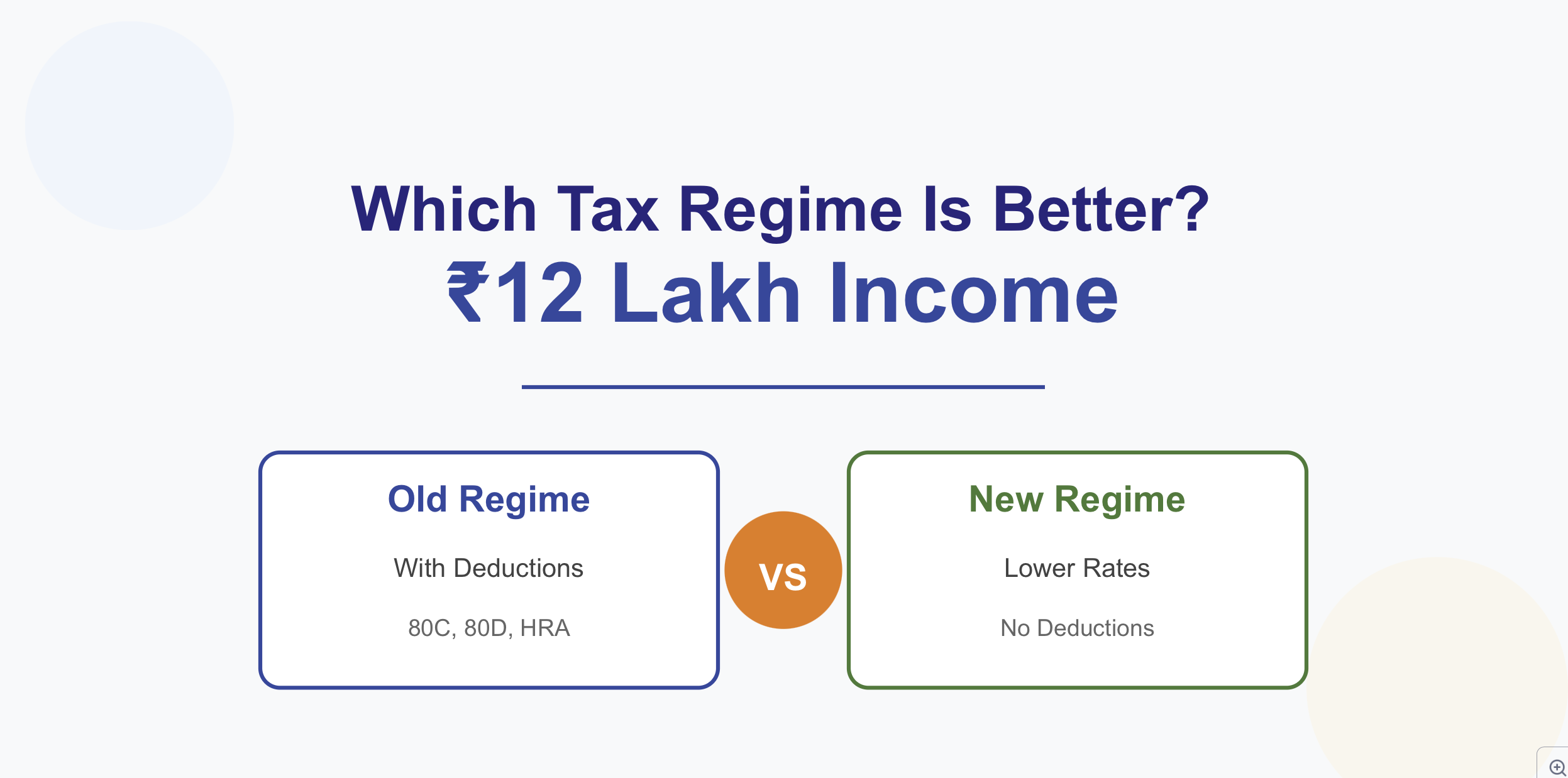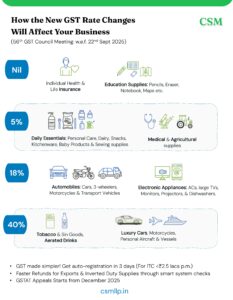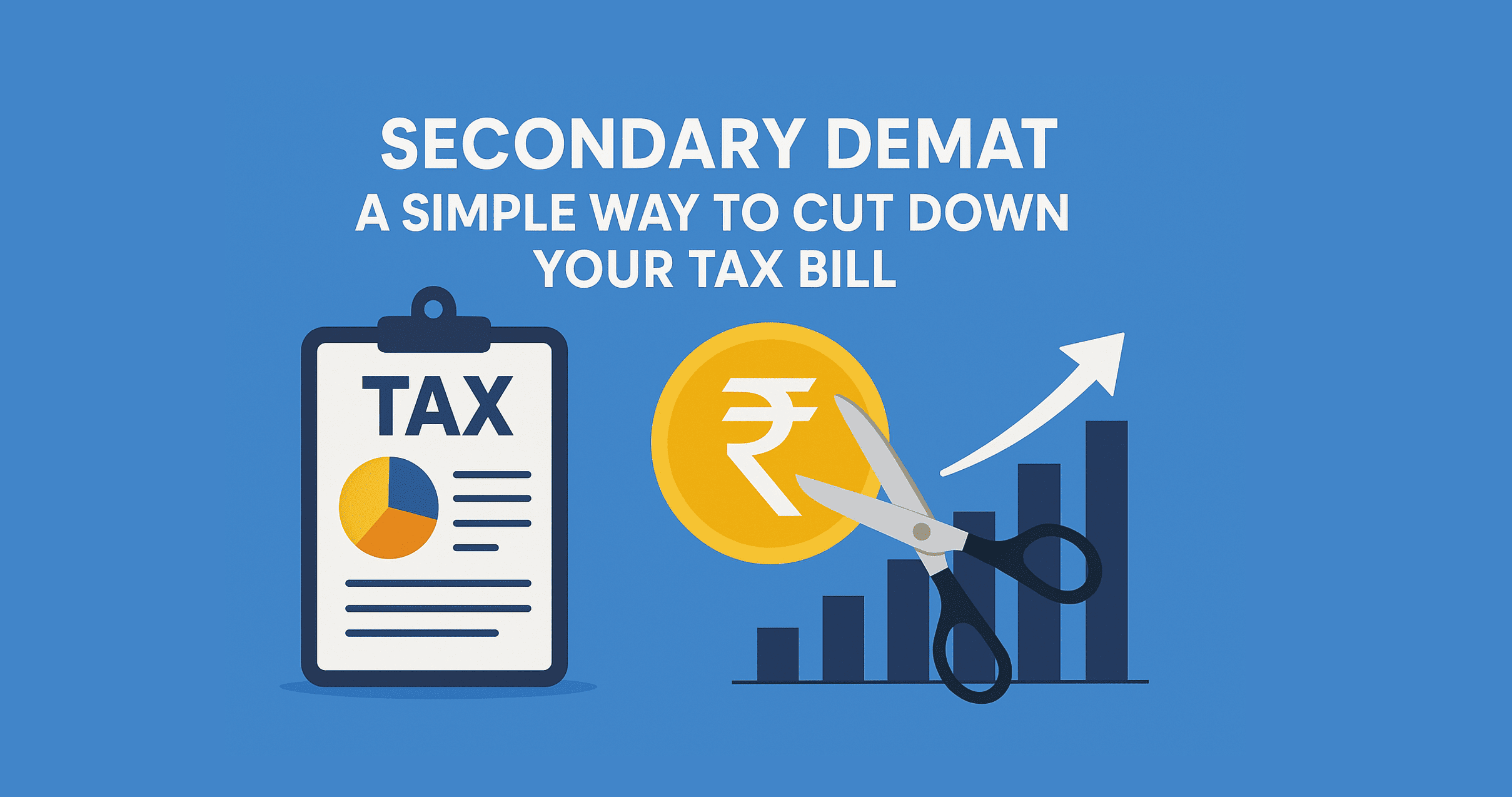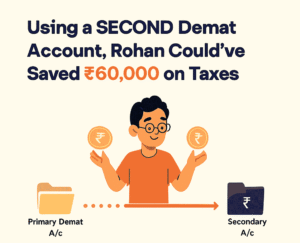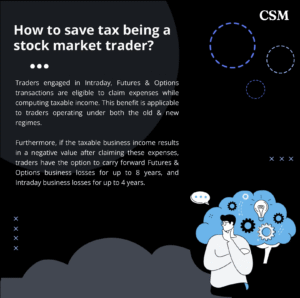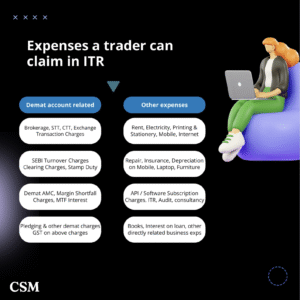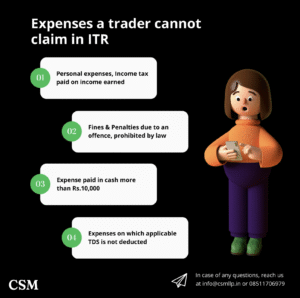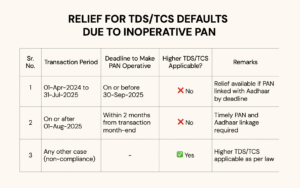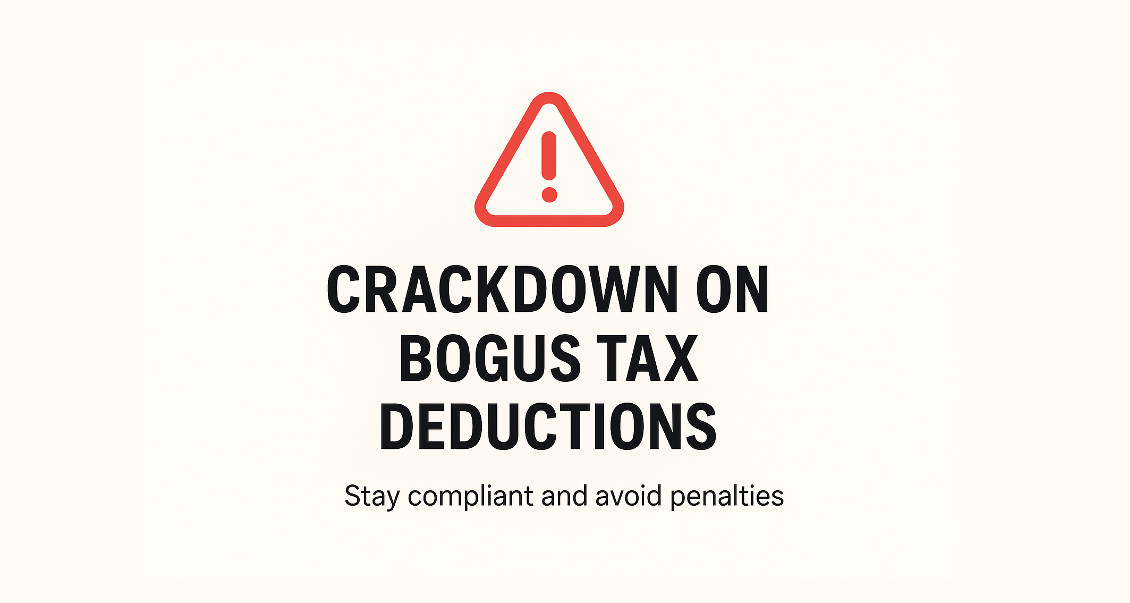Vibe Coding for Chartered Accountants: Building Smarter Tools Without Coding
For years, if a CA wanted custom software, there were only two options: hire an expensive developer or learn to code yourself. Neither was practical when you have audits to wrap up and deadlines to meet.
But that gap is closing.
A new approach called vibe coding is changing how software gets built. It allows you to describe what you need in plain English, while AI handles the actual coding.
What is Vibe Coding?
Vibe coding isn’t about cutting corners. It is about shifting your effort from writing syntax to thinking clearly.
Instead of worrying about programming languages, you simply explain the logic. The AI generates the software, you test it, and then refine it. Since CAs are already trained in logic, process flow, and edge cases, this approach fits our skillset perfectly.
You focus on what the system should do, not how the computer speaks.
Why This Matters for Indian Firms
Most firms rely on expensive, rigid software that isn’t always tailored to our specific practice needs. With vibe coding, a CA can quickly build:
-
A simple tracker for GST, TDS, or Advance Tax due dates.
-
An internal audit checklist customized to your firm’s specific methodology.
-
A basic document tracker for client data.
-
Client-facing dashboards without waiting on an IT team.
You do not need to know Python or Java. You just need to know exactly what you want the result to look like
Tools CAs Can Use to Build These Solutions
You do not need a full tech stack or an IT team. Most vibe coded tools are built using simple, low friction platforms combined with AI.
1. ChatGPT or Similar AI Assistants
This is the core engine of vibe coding. You describe the logic, workflows, validations, and edge cases in plain English. The AI generates the code, formulas, or automation steps. You then review and refine it like you would review work from an article assistant.
2. Google Sheets or Excel (with AI help)
For many CA use cases, spreadsheets are more than enough. Using AI, you can build
• GST, TDS, and advance tax trackers
• Due date calendars with alerts
• Audit sampling sheets
• Client wise compliance dashboards
AI can write formulas, conditional formatting, and scripts without you knowing Excel coding.
3. Notion or Airtable
These are excellent for internal firm systems. With AI assistance, CAs can create
• Document trackers
• Internal audit checklists
• Client onboarding workflows
• Status dashboards
They are visual, easy to maintain, and ideal for firms moving away from scattered Excel files.
4. No Code Builders (Bubble, Glide, Softr)
If you want something client facing, these tools work well with AI guidance. You can build
• Simple client portals
• Upload dashboards
• Filing status trackers
AI helps generate logic, workflows, and validation rules while you focus on compliance accuracy.
5. Automation Tools (Zapier, Make)
These tools connect everything together. For example
• Auto reminder emails before due dates
• Moving clients from one status to another
• Creating tasks when documents are uploaded
AI helps you design the automation logic step by step.
6. PDF and Document Tools
Using AI with document tools, CAs can generate
• Automated checklists
• Standardised audit working papers
• Client wise summary reports
This saves hours spent on repetitive documentation.
Practical Tip for CAs
Start small.
Do not aim to replace your main software. Begin with one internal pain point like due date tracking or audit checklists. Build, test, refine, then expand.
Vibe coding works best when compliance logic comes from you and execution is delegated to AI. That balance keeps risk low and efficiency high.
How it Actually Works
Think of it like delegating work to a junior article who types very fast but needs clear instructions.
-
Explain: You tell the AI, “I want a tool that tracks client due dates and highlights overdue items in red.”
-
Verify: The AI explains its plan back to you to ensure it understood.
-
Build & Test: It writes the code. You test it. If a button doesn’t work or a calculation is wrong, you simply say, “Fix the calculation for leap years,” and it corrects it.
Benefits for Clients and Auditees
Clients rarely care how a system is built; they care about clarity. Vibe-coded tools can help you offer:
-
Simpler portals for uploading documents.
-
Automated reminders for filings (so you don’t have to chase them manually).
-
Better transparency on audit status.
A Word of Caution
While this is powerful, do not trust it blindly.
AI makes mistakes. In our profession, a wrong calculation or a missed compliance date has legal consequences. Every tool you build this way must be tested thoroughly. Treat the AI’s output the same way you would treat a draft from a new intern. Review it carefully before relying on it.
The Bottom Line
Vibe coding isn’t about turning CAs into software engineers. It is about solving small firm headaches without heavy IT dependency. Even a small internal tool that saves five hours a month is a win for efficiency.
Ideally, this lets you spend less time wrestling with rigid software and more time on what matters: your expertise and your clients.
Disclaimer:
This article is for general informational purposes only and should not be considered professional advice. Please consult a qualified expert for advice tailored to your specific situation. The author and website owner are not liable for any errors or actions based on this content.


